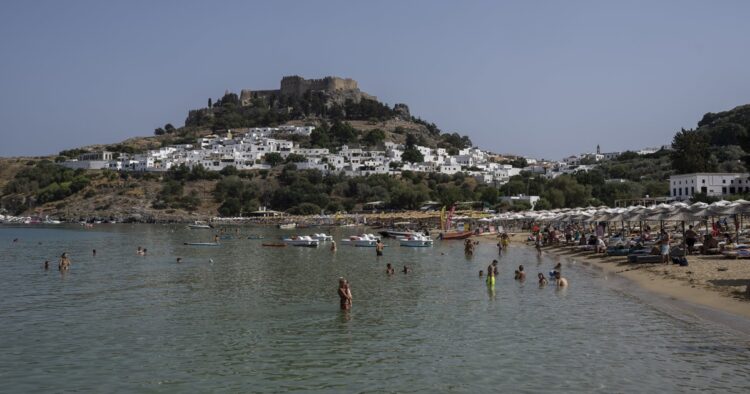A magnitude 6 earthquake rattled the southern region of Greece, causing tremors and sparking concerns about potential tsunamis. The European Mediterranean Seismological Centre (EMSC) recorded the seismic event, which occurred approximately 56 kilometers southwest of Prygos at around 9:12 am local time.
Although the quake was felt in the Greek capital and as far as the southern island of Crete, there were no immediate reports of damage or injuries. Greece is situated in a highly seismically active area, where earthquakes are frequent.
Authorities have swiftly sprung into action, assessing the likelihood of tsunamis along the coastline. Tsunamis are massive oceanic waves triggered by seismic activity, which can pose grave dangers to coastal regions depending on their proximity to the earthquake’s epicenter.
Tsunamis vary in scale based on the distance between the earthquake’s epicenter and the coastline. Local tsunamis, occurring within 100 kilometers of the quake’s origin, present the most immediate threat to coastal communities. Regional tsunamis, extending up to 1000 kilometers, can also inflict significant damage and displacement. Even distant tsunamis, originating more than 1000 kilometers away, can generate powerful waves capable of reaching distant shores.
Authorities and experts are closely monitoring the situation to ensure the safety of residents in vulnerable coastal areas. Emergency response teams are on standby to provide assistance if needed. As the evaluation continues, residents are urged to stay informed through official channels and follow any instructions issued by local authorities.

















Comments